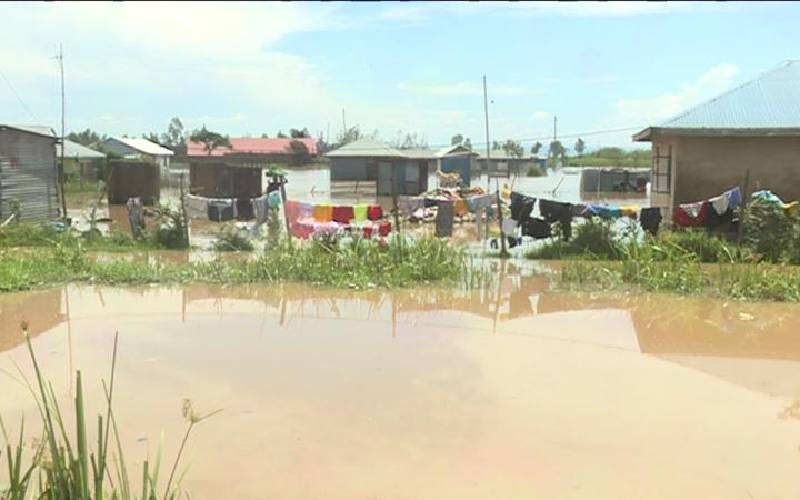Delayed rains and questions on the accuracy of weather forecast by the Kenya Meteorological Department have dampened the public's spirit ahead of Easter holidays.
With the department's forecasts being inconsistent and farmers' fury boiling over, Met's explanation is becoming more complex each passing day.
For instance, the weatherman had predicted that the Lake Basin and Highlands West of the Rift Valley would have rains from first and second week of March but they experienced light rains this week.
Nairobi and Central regions were to start having rains by end of March, but by second week of April, they were yet to receive substantial showers.
“In April 2019, near-normal to above-normal rainfall is expected over most parts of the country and more so in western Kenya, central Rift Valley, northern Kenya (Marsabit, Moyale) and the central highlands including Nairobi. Depressed rainfall is, however, likely to occur over Northwestern Kenya,” read a statement by the department in March.
Come April, the tune changed as Met predicted depressed rainfall in most parts of the country.
Dr Richard Muita of the Met Department says predictions were that rainfall around the country would start on diverse dates.
“Predictions were that rainfall would not start uniformly across the country but Cyclone Idai in Mozambique, Malawi and Zimbabwe did broke the continuity and this is why the dry spell has prolonged,” says Muita.
He adds that North Eastern region started receiving rains as predicted but the conditions in the Indian Ocean disrupted the pattern. The conditions in the ocean also led to a false start of rains in Nairobi and Central.
Muita adds, “For rains to be declared to have started, then there must be downpour of at least 20mm for three consecutive days, if this not achieved then onset cannot be declared.”
He explained that the prevailing conditions are holding the Inter-Tropical Convergence Zone hostage. It is for this reason, he argues, that the rains have not been experienced even in the northern parts of Tanzania.
Dr Christopher Oludhe, a meteorologist and lecturer at the University of Nairobi, says the weatherman could be getting it wrong because of abrupt changes in weather patterns.
"When systems are disrupted, then it takes a bit of time for them to stabilise and the approaching rain were most likely disrupted by the cyclone at a time when the Met department had seen it approaching," he explains.
Steven King'uyu from the Climate Change Directorate in the Ministry of Environment says that forecasting is like looking at a bigger picture where you only see the finer details as you move closer.
Dr Oludhe says the phenomenon being witnessed could not be linked to climate change but to systems that crop up and disrupt normal patterns. "These are just natural weather changes which cannot conclusively tell whether there is climate change or not," he says.
Stay informed. Subscribe to our newsletter
 The Standard Group Plc is a
multi-media organization with investments in media platforms spanning newspaper
print operations, television, radio broadcasting, digital and online services. The
Standard Group is recognized as a leading multi-media house in Kenya with a key
influence in matters of national and international interest.
The Standard Group Plc is a
multi-media organization with investments in media platforms spanning newspaper
print operations, television, radio broadcasting, digital and online services. The
Standard Group is recognized as a leading multi-media house in Kenya with a key
influence in matters of national and international interest.
 The Standard Group Plc is a
multi-media organization with investments in media platforms spanning newspaper
print operations, television, radio broadcasting, digital and online services. The
Standard Group is recognized as a leading multi-media house in Kenya with a key
influence in matters of national and international interest.
The Standard Group Plc is a
multi-media organization with investments in media platforms spanning newspaper
print operations, television, radio broadcasting, digital and online services. The
Standard Group is recognized as a leading multi-media house in Kenya with a key
influence in matters of national and international interest.








